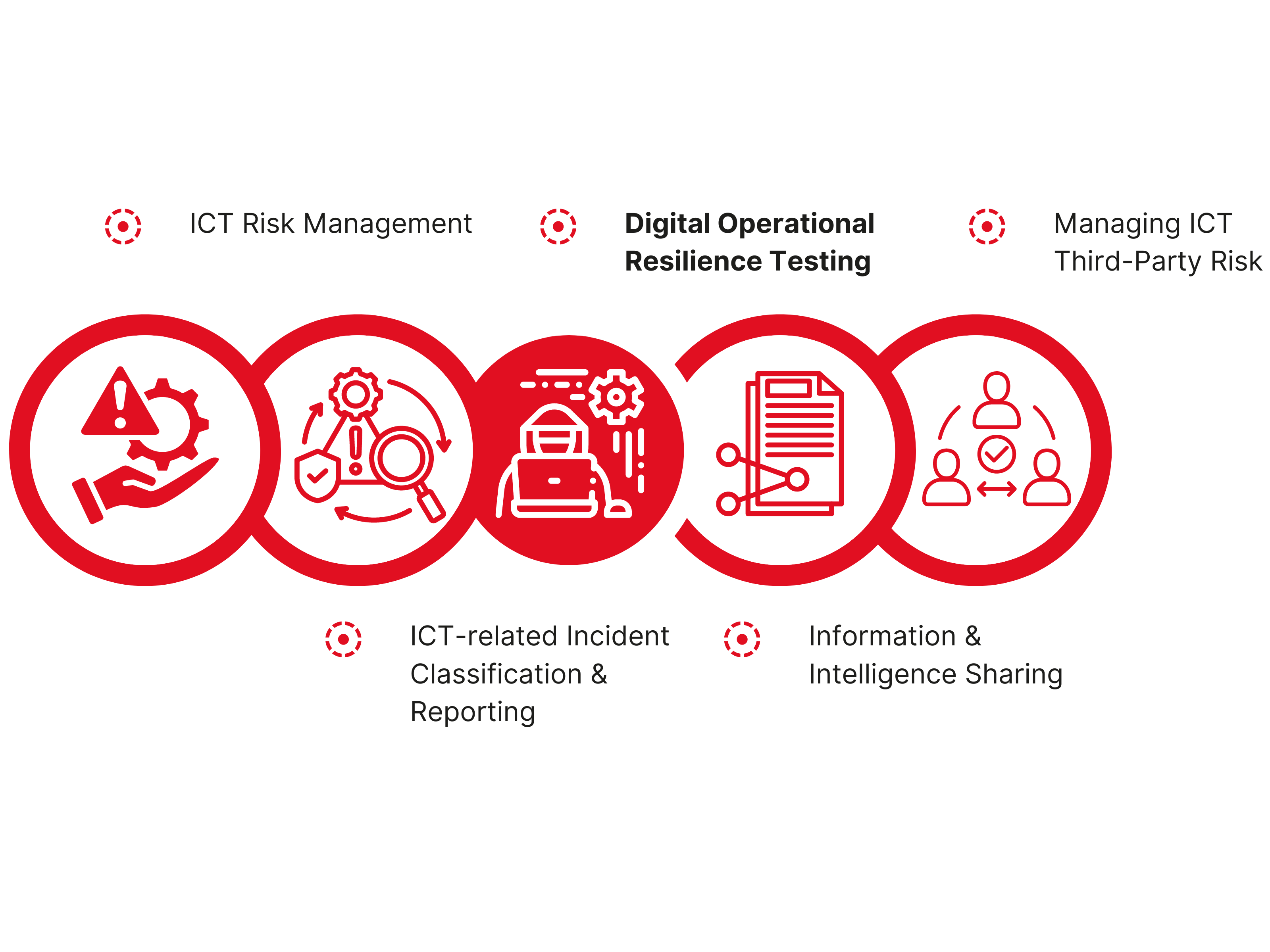In today’s digital landscape, ensuring robust cybersecurity measures is more critical than ever, particularly for financial institutions. This is where the Digital Operational Resilience Act (DORA) comes into play. As a key piece of European Union legislation, DORA is designed to bolster the operational resilience of financial entities across the EU. One of the requirements under DORA is the implementation of Threat-Led Penetration Testing (TLPT) every three years. But what exactly does this mean, and why is it so crucial?
What is DORA?
The Digital Operational Resilience Act (DORA) is a comprehensive regulation aimed at enhancing the ability of financial institutions to withstand and recover from digital disruptions. With the increasing frequency and sophistication of cyberattacks, DORA mandates that banks, insurers, and other financial entities adopt stringent measures to protect themselves against various cyber threats and digital risks. The overarching goal is to ensure these institutions can maintain their operations smoothly and securely, even in the face of a significant cyber incident.

The Role of Threat-Led Penetration Testing (TLPT)
One of the standout features of DORA is its requirement for Threat-Led Penetration Testing (TLPT) every three years. TLPT focuses on simulating attacks from the perspective of real-world threat actors. This means that ethical hackers, using advanced techniques and methods employed by actual cybercriminals, conduct these tests.
The primary aim is to expose vulnerabilities and weaknesses in a financial institution’s security framework. By mimicking the tactics, techniques, and procedures used by genuine attackers, TLPT provides a more accurate and current evaluation of an organization’s security posture. This approach ensures that institutions are not only aware of potential risks but are also prepared to address the most up-to-date threats.
Conclusion
As financial institutions navigate an increasingly complex digital landscape, DORA provides a vital framework for enhancing operational resilience. The requirement for Threat-Led Penetration Testing underscores the importance of understanding and defending against current and emerging cyber threats. By integrating TLPT into their cybersecurity strategies, financial entities can better safeguard their operations, comply with regulatory demands, and ultimately ensure a more secure digital environment for their customers and stakeholders.